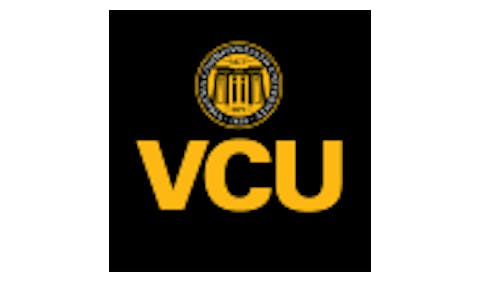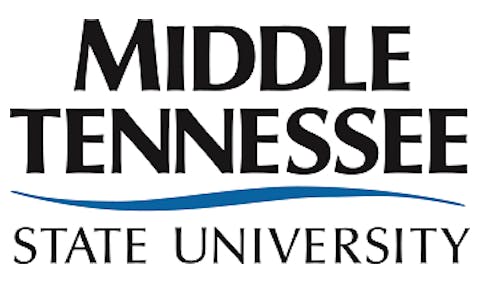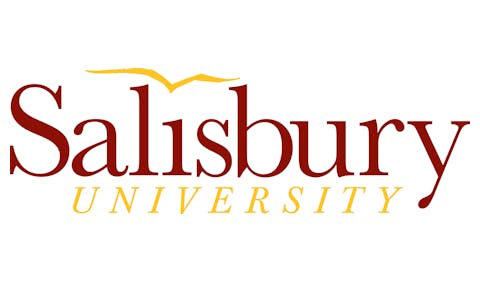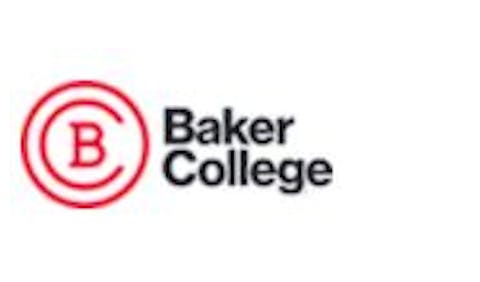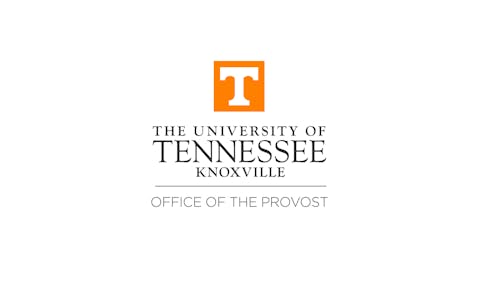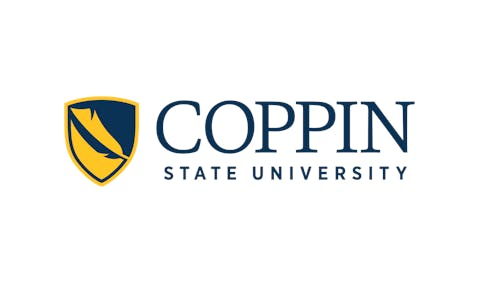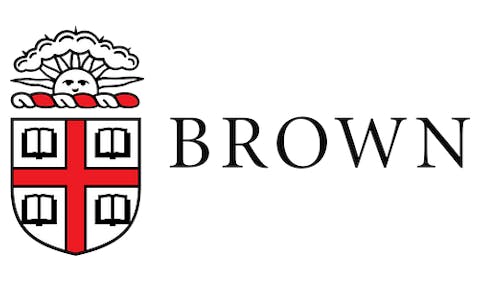How much do grades really tell us about students? According to a new study released last month: not as much as we may think. The analysis, conducted by The Equitable Grading Project, found that six out of 10 middle and high school grades do not accurately reflect student performance. Of the 33,000 grades examined, more than 40 percent were higher than they should have been. Another 16 percent were lower.
The implications of this grading disconnect are profound. In theory, grades should count for a lot. Ostensibly, they should tell us what students have learned—and tell educators where they need to focus. They should convey a student’s progress to teachers, parents, and guardians. Crucially, grades also offer students a reflection of their readiness for advanced coursework or higher education. But recent research suggests our traditional approach to grading is, well, missing the mark.  Dr. Brandon Protas
Dr. Brandon Protas
There’s an inherent mismatch between the complex nature of learning and the basic measures used to evaluate it. Learning is rich and subtle, while conventional grading measures are blunt and simple. These systems often reduce complex understanding and skills to oversimplified metrics that fail to capture the full spectrum of student abilities and progress. Even the more accurate current forms of assessments only capture a snapshot of a student’s academic performance at a specific point in time, providing very little insight into their overall educational journey or future potential.
Consider this scenario: A student takes a standardized test and, potentially hindered by test anxiety or skipping breakfast that morning, earns a score significantly lower than their typical classroom grades. Meanwhile, a peer sitting next to them scores much higher, perhaps influenced less by their understanding of the material than by test-taking strategies they picked up in an expensive test prep course. How does a school, college, or student determine which outcomes really portray what the student knows and can do?
That being said, grading still remains a necessary, if imperfect, tool. Without some form of assessment, students would lack the feedback they need to navigate their educational journeys. A smarter approach to assessment doesn’t mean scrapping grading altogether. Instead, educators can transform these metrics from mere proxies into accurate measures of knowledge that are tightly aligned to college and career readiness standards. They can create a more nuanced and equitable approach to grading that truly reflects student learning and prepares them for success after high school.
Our inadequate grading practices have long-lasting consequences for students. The discrepancy between grades and actual preparedness can result in a mismatch in college placement, preventing students from enrolling in courses that accurately reflect their knowledge. Students who know their academic skills are greater than what is reflected in their high school grades might feel dissuaded from ever matriculating into college. On the other hand, learners who receive inflated grades in high school may not be offered the support that helps them succeed in their gateway coursework. The result is an inequitable system in which students—most often Black and Brown—are discouraged from reaching their true potential and diverted from pathways that might otherwise lead to greater success after graduation. This troubling reality for far too many students underscores the urgent need for change in how we assess student readiness.
One promising alternative lies in reimagining grading by incorporating elements from performance assessments. These assessments go beyond traditional tests by requiring students to demonstrate their knowledge, skills, and abilities in real-world contexts and through several tangible learning projects. Schools should explore taking a similar “multiple measures” approach to traditional grading that allows students more ways to demonstrate their content knowledge and competency. Dual enrollment programs present another compelling solution. Although they still utilize grades, these initiatives grant high school students access to real college courses, helping them build early success and experience in higher education. Rather than just assessing readiness, these programs help ensure it.
Any effective shift in grading practices, however, will also require dismantling the many barriers standing between K-12 and higher education. Stronger collaboration between the two is essential to design systems that ensure the information gathered through improved grading methods not only guides college admissions but also informs college placement, academic advising, and other methods for students' continued learning and growth once enrolled. This means better aligning the content of the K–12 grading more closely with the measures colleges use to determine postsecondary readiness.
Finally, there’s hard data to back up what many educators have long argued: traditional grading methods aren’t always the fullest or best depiction of a student’s full potential or progress. With increased recognition of the inequities and flaws in these long-entrenched practices, we now have an opportunity to build a new system that better serves educators and students alike. In the long run, inaccurate grades—inflated or deflated—help no one. And our students deserve much better.
Dr. Brandon Protas is Assistant Vice President for Alliance Engagement at Complete College America, where he focuses on bringing practical solutions to helping more students graduate with a special focus on ensuring students of color, first-generation students, and those from low-income backgrounds have the support they need.











